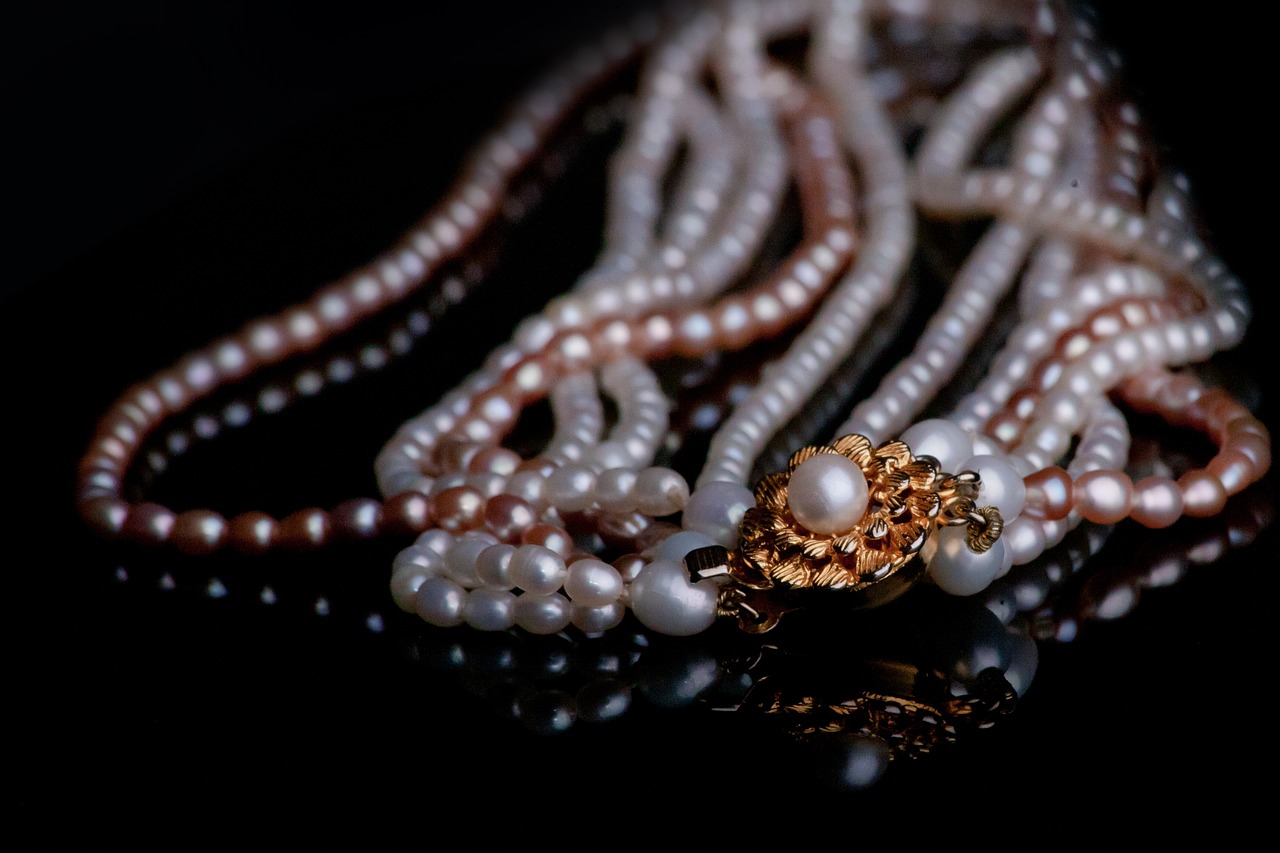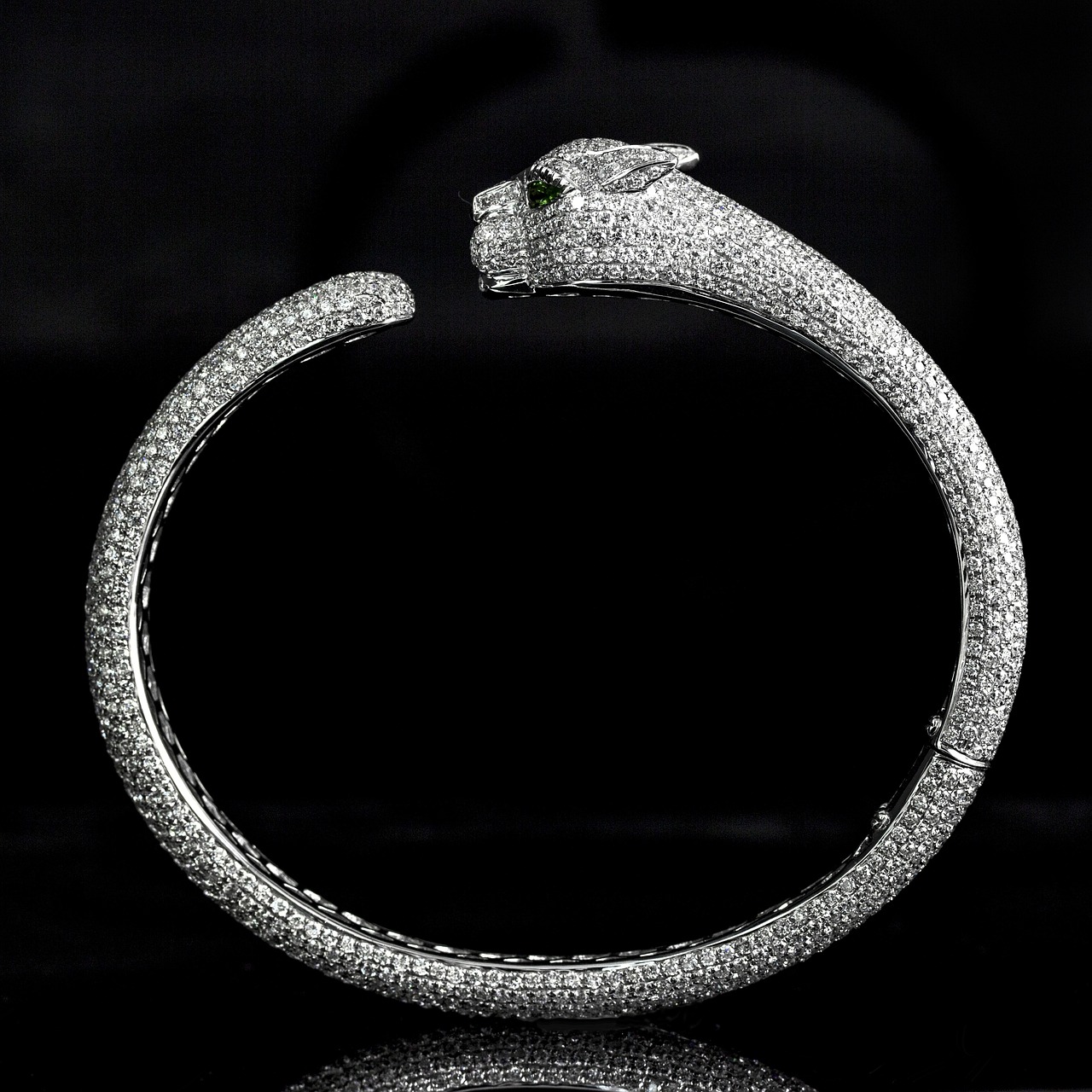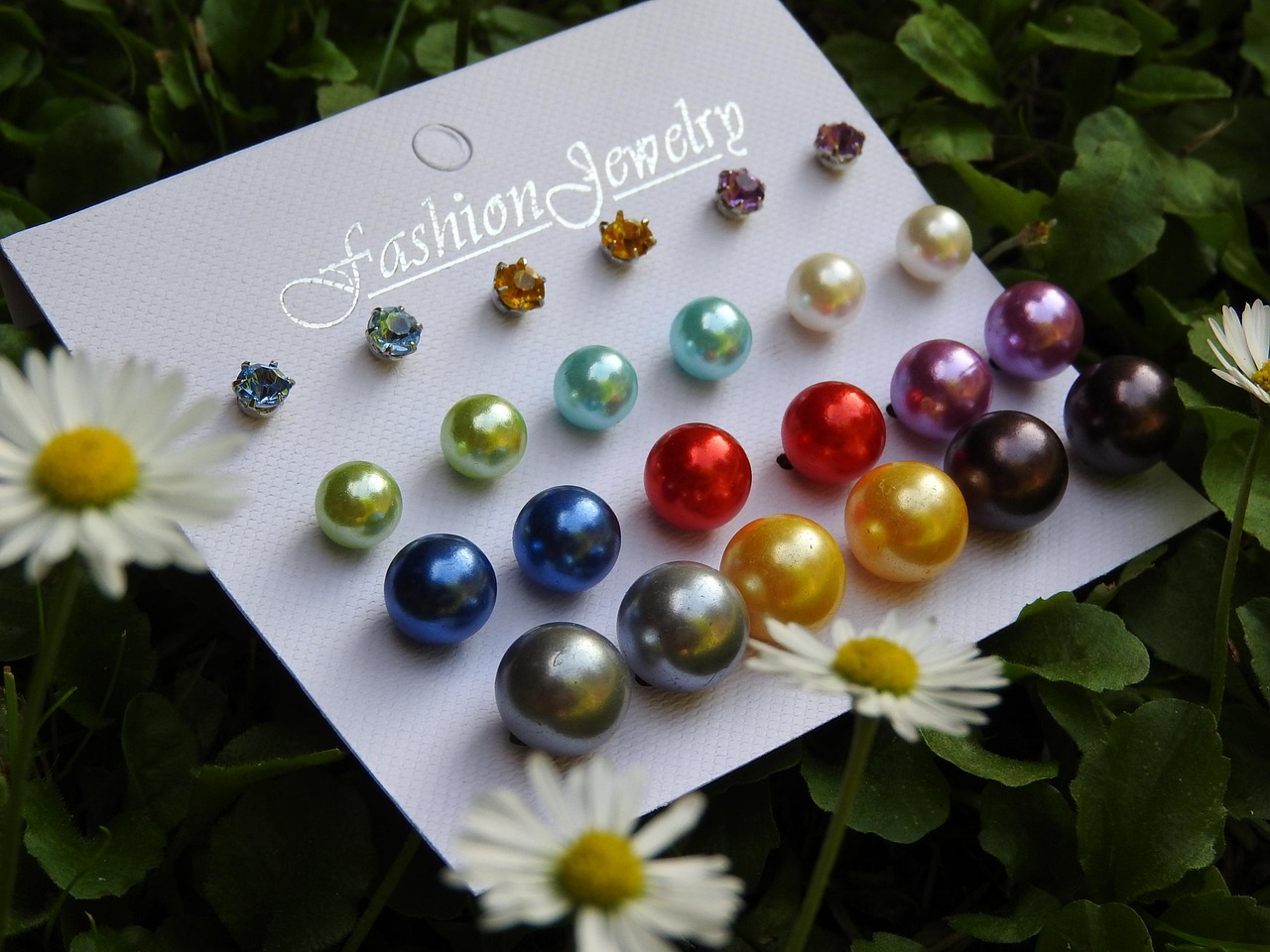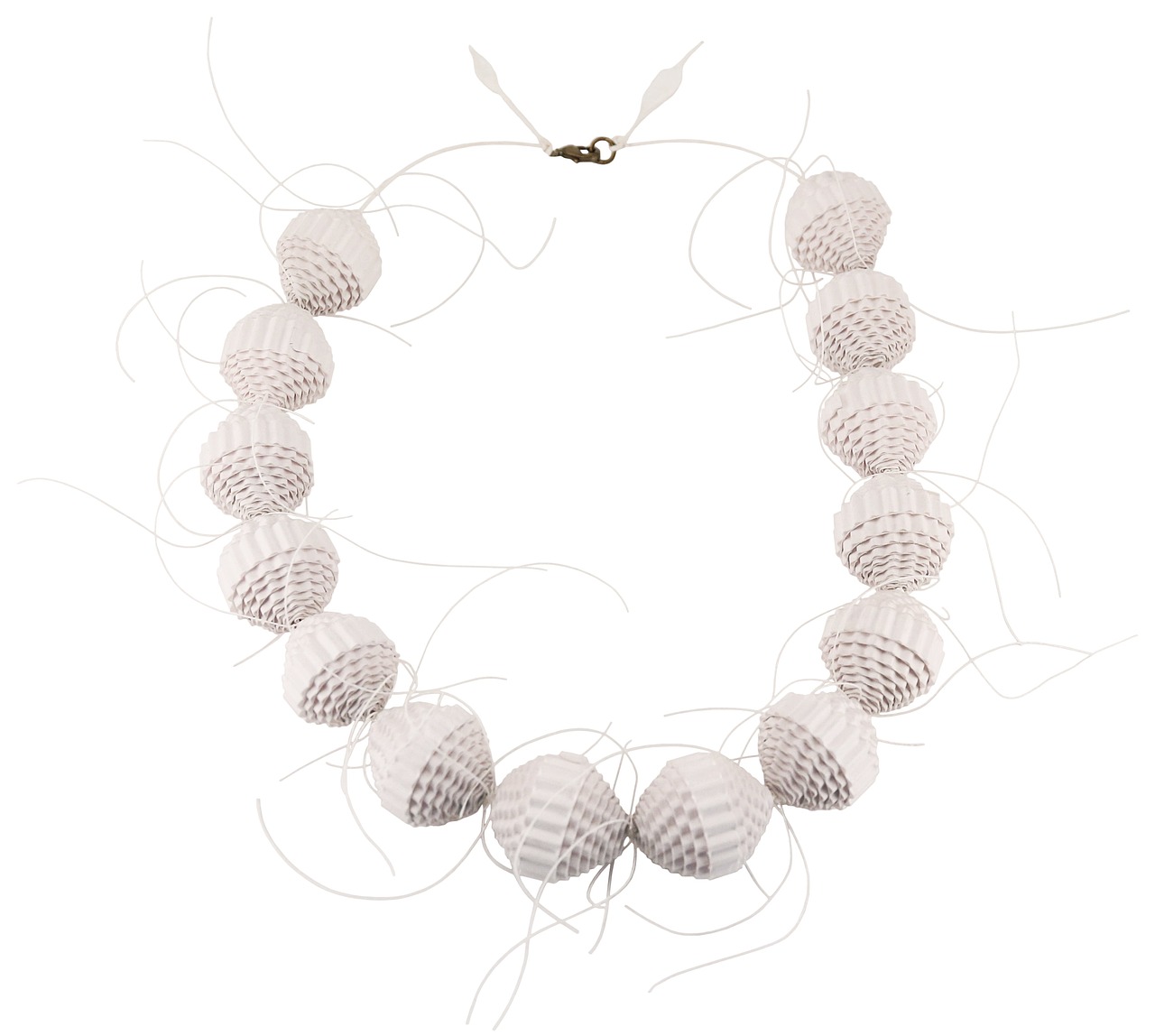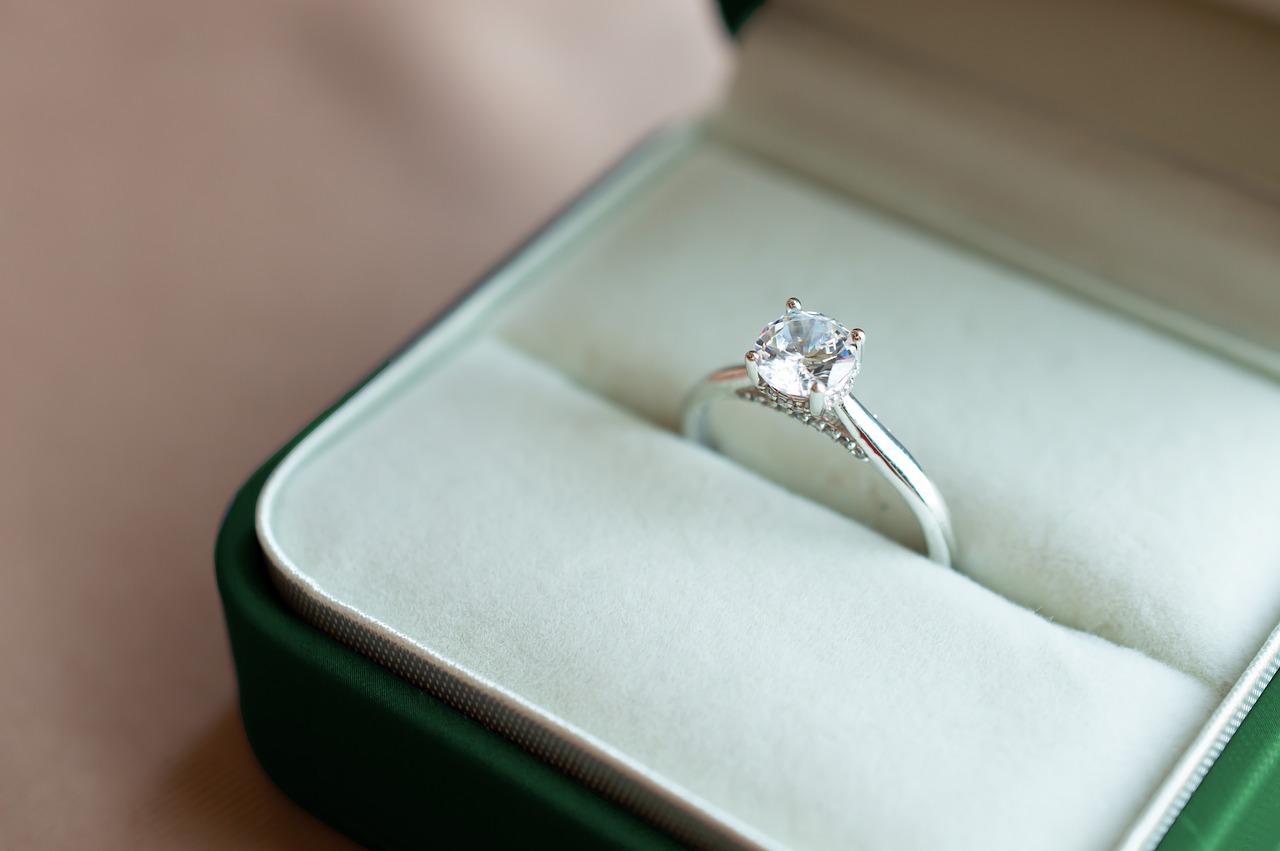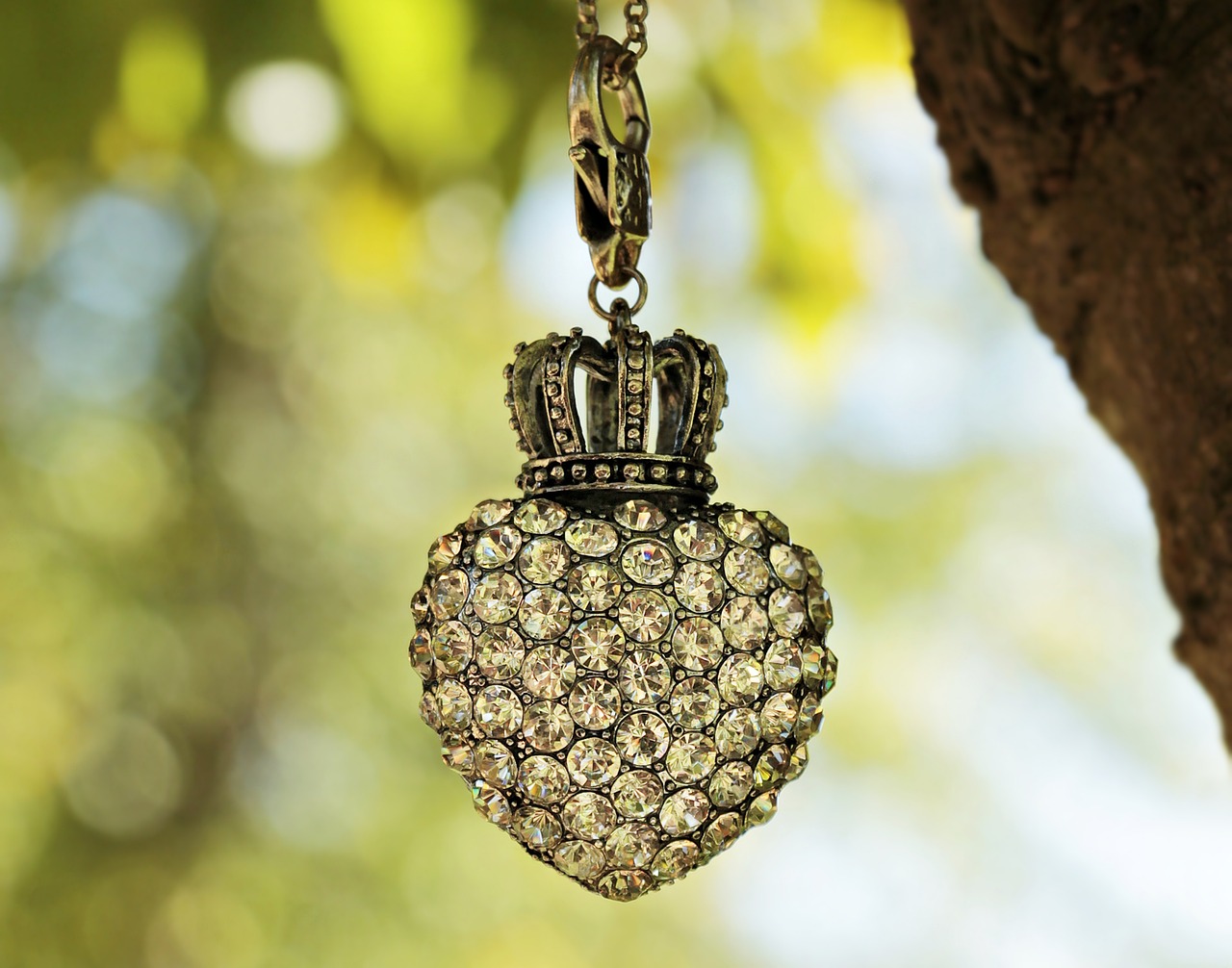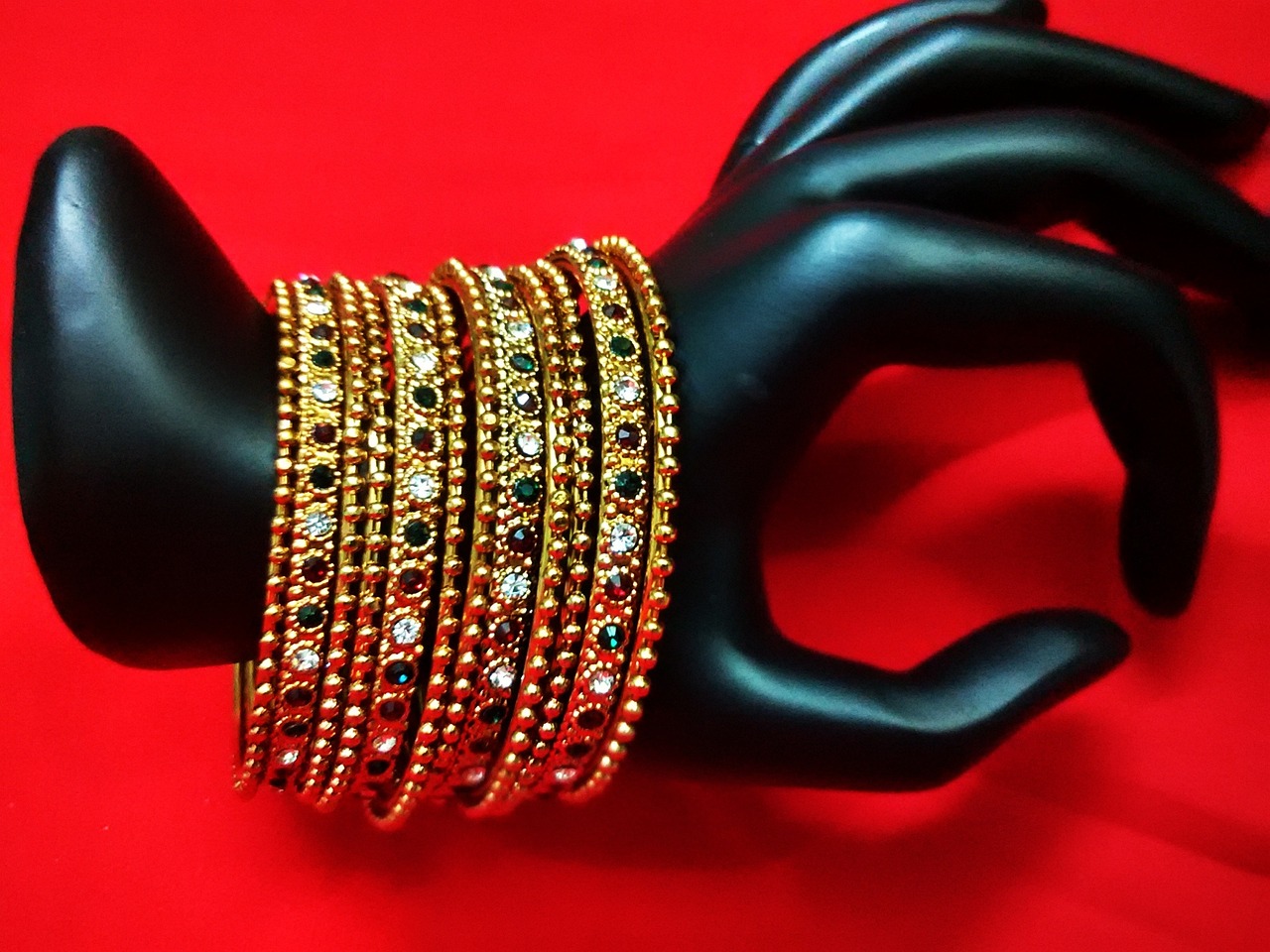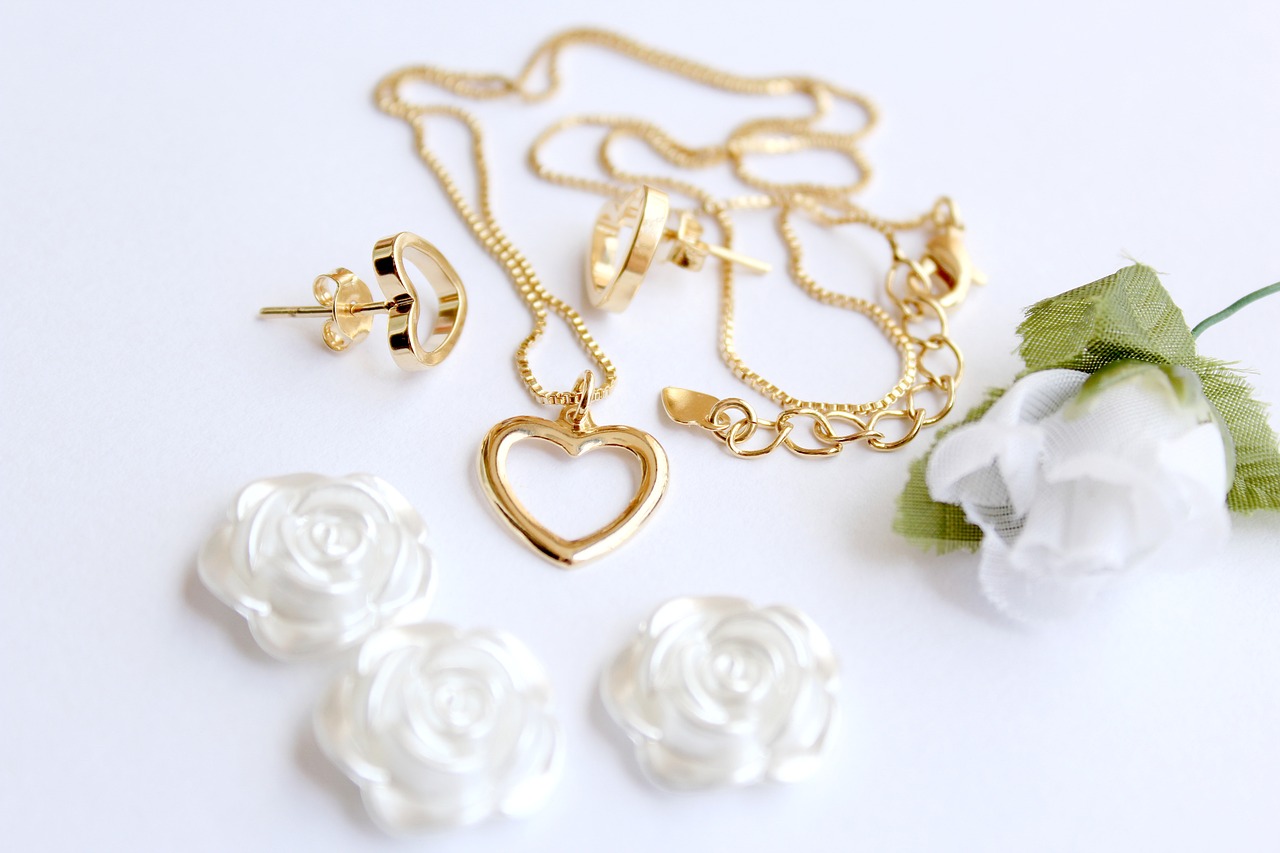Japanese omamori charms are not just beautiful pieces of traditional jewelry; they are also deeply rooted in the spiritual and cultural fabric of Japan. These amulets, often found in Shinto shrines and Buddhist temples, are believed to offer protection and bring good fortune to their bearers. Each charm carries its own significance, making them unique symbols of faith and hope for many individuals seeking spiritual guidance.
Omamori are traditional Japanese amulets crafted with care, typically sold at various religious sites. They are designed to provide spiritual protection and blessings, with each omamori serving a specific purpose. From safeguarding health to ensuring success in exams, these charms resonate with the diverse needs of the individuals who carry them.
The process of creating omamori is an art form that involves intricate craftsmanship. Artisans often use silk and decorative patterns that symbolize the charm’s protective qualities. Each stitch and design element is infused with spiritual energy, reflecting the care and intention behind the creation of these amulets.
Common materials for omamori include:
- Silk: Valued for its beauty and durability.
- Cotton: Often used for its accessibility.
- Decorative threads: Chosen for their aesthetic appeal and symbolic significance.
These materials not only enhance the charm’s visual appeal but also contribute to its protective attributes.
The colors and patterns of omamori are rich with meaning. For instance:
- Red: Symbolizes protection and safety.
- Blue: Associated with health and tranquility.
- Green: Represents growth and prosperity.
These variations allow individuals to select omamori that resonate with their personal aspirations and spiritual needs.
Omamori embody various meanings, often linked to specific deities or spiritual beliefs. They reflect the values and priorities of Japanese culture, emphasizing the importance of protection and fortune in daily life.
There are numerous types of omamori, each designed for specific purposes:
- Health: For well-being and recovery.
- Education: For academic success.
- Travel: For safe journeys.
This variety allows individuals to choose omamori based on their personal needs and aspirations, enhancing their spiritual journey.
Certain shrines and temples in Japan are famous for their omamori. For example, the Kanda Myojin Shrine is renowned for charms that promote business success, attracting visitors who seek specific blessings.
Using omamori is simple. They can be carried in bags, hung in homes, or placed in cars. They serve as constant reminders of protection and positive energy, integrating seamlessly into daily life.
The effectiveness of omamori is largely subjective, rooted in personal belief. Many individuals report feeling a sense of comfort and security when carrying their charms, reinforcing their faith in the protective qualities of these amulets.
Omamori are often given as gifts, symbolizing care and protection for loved ones. They make meaningful tokens during celebrations such as weddings, graduations, and New Year’s, representing the giver’s wishes for the recipient’s happiness and safety.
Authentic omamori can be purchased at Shinto shrines and Buddhist temples throughout Japan. This ensures that the charms are imbued with the appropriate spiritual significance and blessings, making them genuine tokens of protection and good fortune.
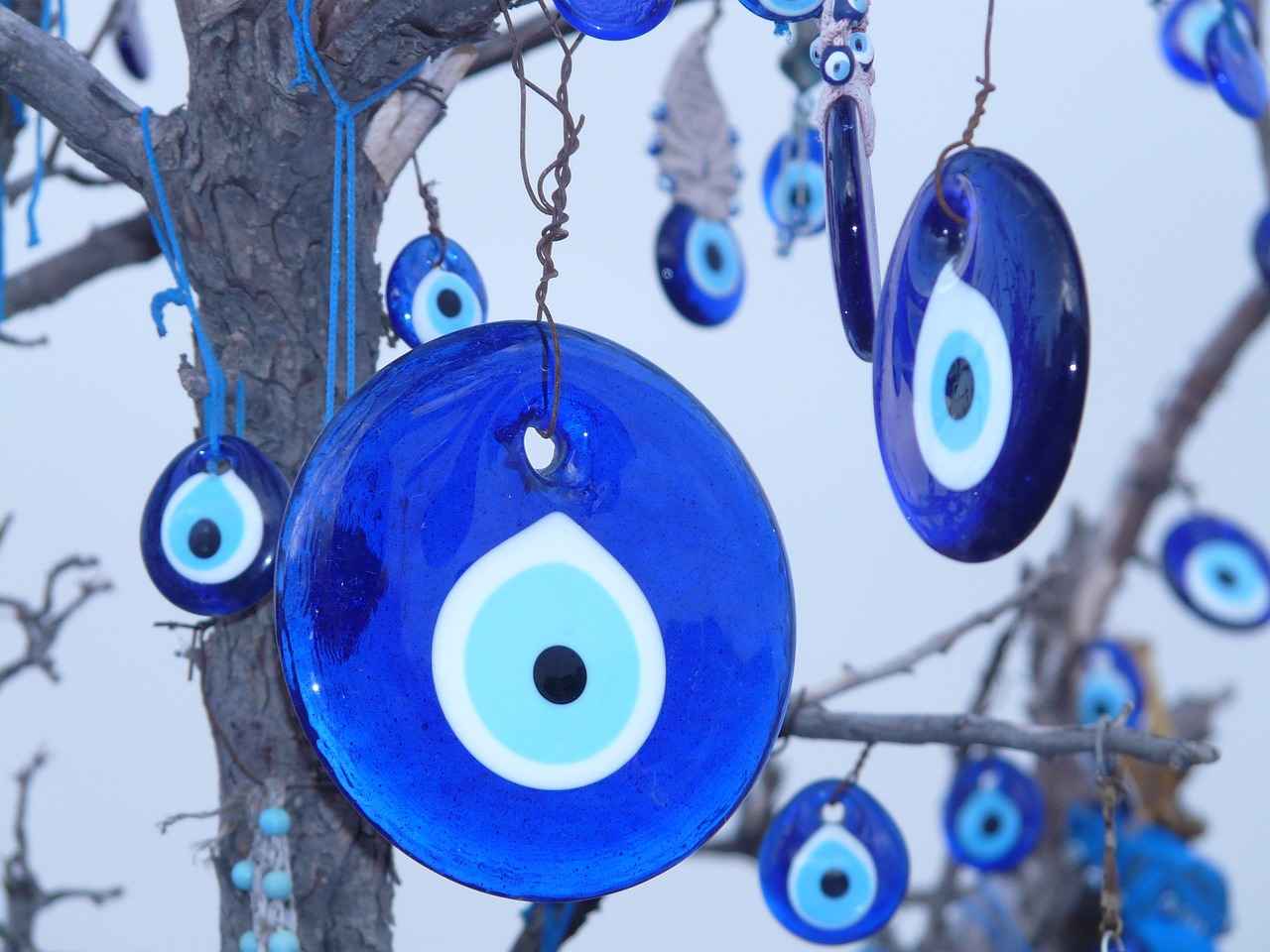
What Are Omamori Charms?
Omamori charms are an integral part of Japanese culture, embodying deep spiritual significance and tradition. These small, often beautifully crafted amulets are typically sold at Shinto shrines and Buddhist temples. They are believed to offer various forms of protection and good fortune to their bearers. The popularity of omamori extends beyond mere superstition; they represent a tangible connection to spirituality and the divine.
Omamori are traditional Japanese amulets designed to provide spiritual protection and luck to those who possess them. Each charm is typically encased in a small, decorative bag made from silk or cotton, often featuring intricate designs and vibrant colors. These amulets are not just decorative items; they are imbued with prayers and blessings from the shrine or temple where they are purchased. The name “omamori” translates to “to protect” in Japanese, highlighting their primary purpose.
The creation of omamori is a meticulous process that involves skilled craftsmanship. Artisans select high-quality materials, such as silk and cotton, to craft these charms. The decorative patterns are not merely for aesthetic appeal; they symbolize the protective qualities and spiritual energy contained within each amulet. The process often includes a ritualistic aspect, where blessings are invoked, further enhancing the charm’s protective attributes.
Common materials for omamori include:
- Silk: Valued for its beauty and durability, silk is often used to create the outer layer of the charm.
- Cotton: A more casual option, cotton is also used for its comfort and versatility.
- Decorative Threads: These threads add intricate designs that enhance the charm’s visual appeal and significance.
The colors and patterns of omamori carry specific meanings. For example:
- Red: Typically symbolizes protection against evil spirits.
- Blue: Often associated with safety and success in travel.
- Green: Represents health and well-being.
Each charm’s unique design reflects its intended purpose, allowing individuals to choose omamori that resonate with their personal needs.
Omamori embody various meanings linked to specific deities or spiritual beliefs. They serve as a reminder of the values and priorities in Japanese culture regarding protection and good fortune. For instance, some omamori are dedicated to specific gods associated with education, health, or love, providing insight into the diverse aspects of life that individuals seek blessings for.
There are numerous types of omamori, each designed for specific purposes:
- Health omamori: Aimed at promoting physical well-being.
- Education omamori: Intended to support students in their academic pursuits.
- Travel omamori: Designed to ensure safe journeys.
This diversity allows individuals to select charms that align with their personal aspirations and life circumstances.
Certain shrines and temples in Japan are famous for their omamori. For example, the Kanda Myojin Shrine is renowned for its omamori that attract business success. Visitors flock to these sites, seeking specific blessings and the spiritual energy that these charms are believed to offer.
Using omamori is simple and intuitive. They are typically carried in bags, hung in homes, or placed in cars. This practice serves as a constant reminder of the protection and positive energy that the charm embodies, integrating spirituality into daily life.
The effectiveness of omamori often hinges on personal belief. Many individuals report feeling a sense of comfort and security when carrying their charms. This psychological aspect plays a significant role in the perceived efficacy of omamori, reinforcing the idea that belief itself can be a powerful form of protection.
Omamori are often given as gifts, symbolizing care and protection for loved ones. They make meaningful tokens during significant life events such as weddings, graduations, and New Year celebrations, conveying heartfelt wishes for safety and success.
Authentic omamori can be purchased at Shinto shrines and Buddhist temples throughout Japan. Buying from these sacred locations ensures that the charms are imbued with the appropriate spiritual significance and blessings, making them truly special.

How Are Omamori Made?
Understanding the intricate process behind the creation of omamori charms unveils the deep cultural significance and craftsmanship that goes into each piece. These traditional Japanese amulets are not just decorative items; they embody spiritual energy and protection, reflecting the rich heritage of Japan.
The making of omamori is a meticulous art form that combines traditional techniques with deep cultural meanings. Craftsmen often utilize high-quality materials, predominantly silk, along with decorative threads and fabrics. The choice of silk is particularly significant as it symbolizes purity and is believed to enhance the charm’s protective qualities.
During the creation process, artisans pay close attention to the design elements of the omamori. Each charm is typically embroidered with intricate patterns that serve as symbols of its intended purpose. For example, a charm designed for health may feature motifs associated with vitality, while one meant for success in studies might include symbols linked to knowledge and wisdom.
Craftsmanship in omamori making involves several stages, starting from the selection of materials to the final stitching. The artisans often begin by choosing fabrics that are not only visually appealing but also carry spiritual significance. The decorative patterns are then meticulously stitched by hand, ensuring that each omamori is unique. This attention to detail is what sets authentic omamori apart from mass-produced items.
Each omamori is believed to contain spiritual energy derived from the rituals performed during its creation. Before being sold, these charms are often blessed by priests at Shinto shrines or Buddhist temples, imbuing them with protective powers. This ritualistic aspect is crucial, as it connects the physical charm to the spiritual realm, enhancing its effectiveness for the bearer.
The colors and patterns used in omamori are not arbitrary; they are steeped in symbolism. For instance, red is often associated with protection against evil spirits, while blue is linked to safe travels. Understanding these meanings allows individuals to select omamori that resonate with their personal needs or aspirations.
Some artisans offer the option to customize omamori, allowing individuals to choose specific colors, patterns, or even add personal inscriptions. This personalization makes the charm even more meaningful, as it reflects the unique wishes and hopes of the bearer. Such customized omamori can serve as powerful reminders of one’s intentions and goals.
To ensure authenticity, it is recommended to purchase omamori directly from Shinto shrines or Buddhist temples. These locations not only guarantee the spiritual significance of the charms but also support local artisans who uphold traditional crafting methods. Many shrines offer a variety of omamori tailored for different purposes, giving visitors the opportunity to find the perfect charm for their needs.
In conclusion, the creation of omamori is a beautiful blend of artistry, spirituality, and cultural significance. Each charm tells a story through its design and materials, serving as a powerful symbol of protection and good fortune for those who carry them.
Materials Used in Omamori
Omamori charms are cherished tokens in Japanese culture, often crafted from a variety of materials that not only enhance their aesthetic appeal but also imbue them with deep symbolic significance. Understanding the materials used in omamori can provide insight into their protective qualities and the spiritual energy associated with them.
Common materials for omamori include silk, cotton, and decorative threads. Each of these materials is chosen not only for its beauty but also for its unique properties that contribute to the charm’s overall effectiveness.
- Silk: Renowned for its luxurious texture and durability, silk is often the primary choice for omamori. Its smooth surface is believed to enhance the protective energy of the charm, making it a popular option among those seeking higher spiritual connections.
- Cotton: This material is favored for its accessibility and versatility. Cotton omamori are often seen in everyday use, symbolizing comfort and grounding. The natural fibers resonate with the wearer, providing a sense of warmth and protection.
- Decorative Threads: The intricate threads used in the stitching of omamori are not merely for decoration; they carry significant meaning. Various colors and patterns are often employed to represent different blessings, such as health, love, and success. The choice of thread can also reflect the specific deity associated with the charm.
In addition to these primary materials, omamori may also incorporate embellishments like beads, embroidered symbols, and even metallic threads. These additions serve to enhance the charm’s visual appeal while reinforcing its protective qualities.
The selection of materials is deeply rooted in tradition and symbolism. For instance, the use of silk can be traced back to ancient times, where it was considered a fabric of the gods, believed to carry divine protection. Similarly, cotton’s association with purity and simplicity aligns with the spiritual essence that omamori embody.
Moreover, the craftsmanship involved in creating omamori is an art form in itself. Artisans often spend years honing their skills, ensuring that each charm is imbued with care and intention. This meticulous attention to detail is what makes each omamori unique, as no two charms are exactly alike.
As you explore the world of omamori, consider the materials that resonate with you personally. Whether you are drawn to the elegance of silk or the comforting nature of cotton, understanding the significance of these materials can enhance your connection to the charm. Each omamori serves as a personal talisman, reflecting your aspirations and providing a source of strength and guidance.
In summary, the materials used in omamori are not just functional; they are integral to the charm’s meaning and purpose. By choosing materials that align with your personal beliefs and needs, you can deepen your experience with these beautiful symbols of protection and good fortune.
Symbolic Patterns and Colors
In the rich tapestry of Japanese culture, omamori charms hold a significant place, serving not only as decorative items but also as powerful symbols of protection and blessings. One of the most fascinating aspects of these charms is their , which communicate various meanings and purposes, making each omamori unique.
The colors of omamori are not merely aesthetic choices; they are deeply infused with meaning. For instance, a red omamori often symbolizes protection against misfortune and is commonly associated with safety in travel. Conversely, a blue omamori is linked to health and well-being, making it a popular choice for those seeking medical blessings. Similarly, pink omamori is frequently connected to love and relationships, appealing to individuals wishing to attract affection.
Beyond colors, the patterns on omamori also convey significant messages. Traditional motifs such as cherry blossoms symbolize renewal and the fleeting nature of life, while waves represent resilience and the ability to overcome challenges. Each design is meticulously crafted, reflecting the charm’s intended purpose and the spiritual energy it embodies.
The intricate designs on omamori are not just for decoration; they enhance the charm’s protective qualities. For example, geometric patterns are often used to symbolize stability and balance, providing the bearer with a sense of grounding. Additionally, some omamori feature images of deities or sacred symbols, further amplifying their protective attributes and connecting the bearer to spiritual guidance.
Indeed, different omamori are tailored for various life situations. For example, students often seek out study omamori, which are designed with patterns that symbolize knowledge and wisdom. Similarly, those embarking on new ventures may opt for business omamori, which often feature motifs that signify success and prosperity. This tailored approach allows individuals to choose charms that resonate with their personal aspirations and challenges.
When selecting an omamori, consider both the color and pattern that speak to your current needs. Reflect on the blessings you seek—be it health, love, or success—and choose a charm that aligns with those desires. Additionally, visiting a shrine or temple can enhance the experience, as the spiritual atmosphere adds to the charm’s significance.
To ensure you receive a genuine omamori, it is best to purchase them directly from Shinto shrines or Buddhist temples. These locations not only offer a wide variety of omamori but also ensure that each charm is blessed with the appropriate spiritual energy. Many shrines also provide information about the specific blessings associated with each charm, helping you make an informed choice.
In summary, the of omamori charms are rich with meaning, serving as powerful tools for protection and blessings. By understanding the significance behind these elements, individuals can select omamori that resonate with their spiritual needs and aspirations, enhancing their connection to Japanese culture and tradition.
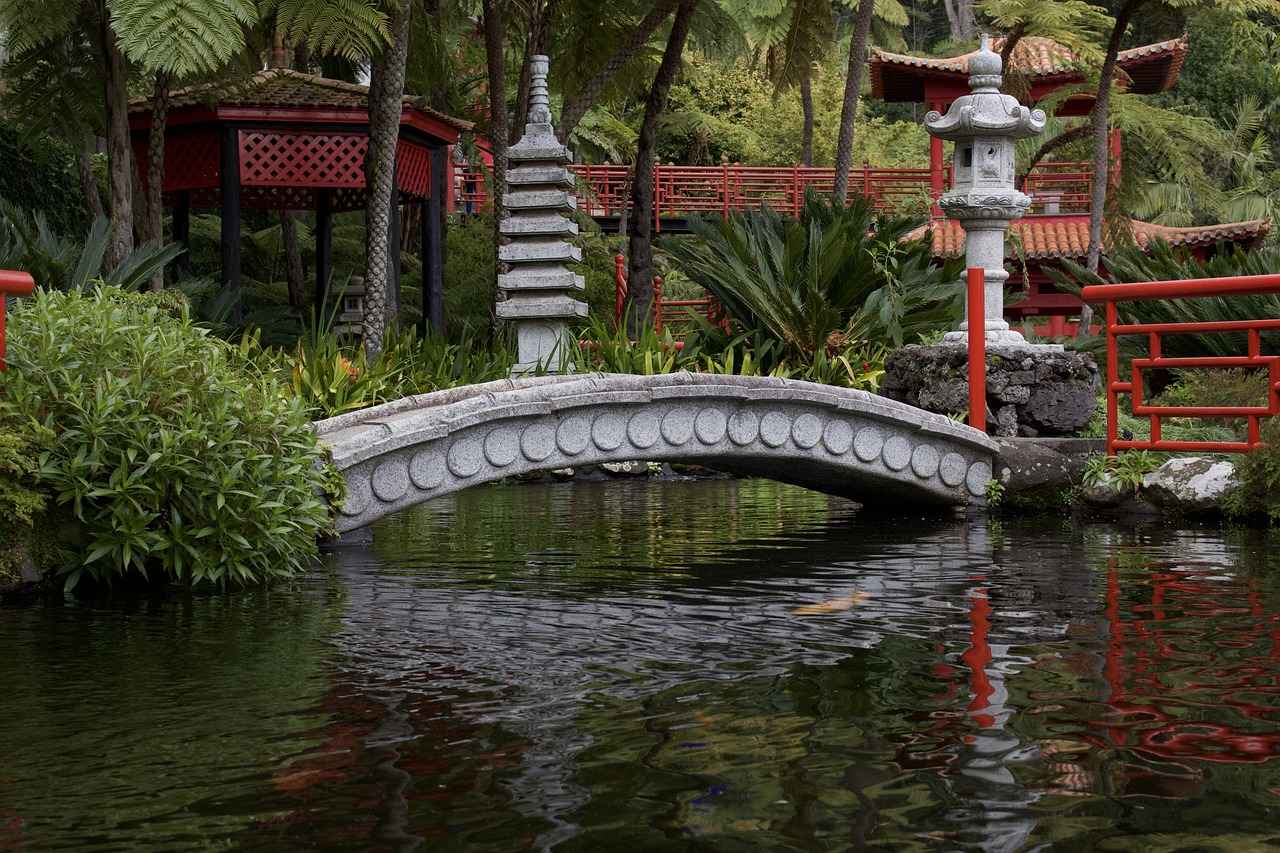
What Do Omamori Represent?
Omamori, traditional Japanese amulets, are rich in meaning and cultural significance. They are not merely decorative items but serve as powerful symbols of protection, fortune, and spiritual guidance. Each omamori is intricately linked to specific deities or spiritual beliefs, reflecting the values and priorities of Japanese culture.
At their core, omamori represent the desire for safety and well-being. They are often viewed as a connection to the divine, embodying the hopes and aspirations of individuals. The various types of omamori cater to different aspects of life, such as health, success, love, and education, allowing individuals to select charms that resonate with their personal journeys.
- Health: Many people seek omamori that promote physical well-being, often carrying them to ward off illness.
- Education: Students frequently choose omamori designed to enhance their learning and academic success.
- Travel: Travelers often carry omamori for safe journeys, believing that these charms protect them from accidents and misfortune.
- Love: Some omamori focus on attracting love and harmony in relationships, making them popular among young couples.
Each omamori is typically associated with a particular shrine or temple, where they are blessed by priests, infusing them with spiritual energy. This connection to a specific deity or guardian spirit adds layers of meaning, as each charm is believed to carry the essence and protection of that divine entity.
The significance of omamori is deeply rooted in Japanese culture, where the concepts of spirituality and nature are intertwined. The Japanese believe in the presence of kami, or spirits, in all aspects of life, and omamori serve as tangible links to these spiritual forces. By carrying an omamori, individuals express their faith and seek the blessings of the kami associated with their charm.
Moreover, omamori are often seen as reflections of societal values. The focus on health, education, and safe travels highlights the collective aspirations of the community, emphasizing the importance of family, well-being, and success in Japanese culture.
While omamori are generally universal in their purpose, their meanings can be highly personal. Each individual may interpret the significance of their omamori based on personal experiences and beliefs. For instance, someone who has experienced a significant life event, such as a recovery from illness or success in an exam, may attribute their fortune to the omamori they carry, reinforcing its personal value.
Choosing the right omamori involves understanding one’s personal needs and aspirations. Visitors to shrines often take their time selecting a charm that resonates with them. It is common to feel a sense of attraction to a particular omamori, whether it’s due to its color, design, or the blessings it promises. Engaging with the shrine’s priests or staff can also provide valuable insights into which omamori might be the most beneficial.
Yes, omamori can be given as gifts, symbolizing care and protection for loved ones. This tradition is particularly common during significant life events such as weddings, graduations, and New Year celebrations. Gifting an omamori conveys a heartfelt wish for the recipient’s happiness and safety, making it a cherished token of affection.
In conclusion, omamori embody a rich tapestry of meanings that resonate deeply within Japanese culture. They serve not only as protective charms but also as reflections of personal and communal values, connecting individuals to the divine and to each other.
Types of Omamori
Omamori charms are a fascinating aspect of Japanese culture, embodying a rich tradition of spirituality and protection. Among the various types of omamori, each serves a unique purpose tailored to the specific needs and aspirations of individuals. Understanding these different types can help one select the most appropriate charm to enhance their journey in life.
Omamori charms are categorized based on the specific blessings they provide. Here are some of the most common types:
- Health Omamori: These charms are designed to promote good health and healing. They are often carried by those who are ill or seeking to maintain their well-being.
- Education Omamori: Aimed at students, these charms are believed to enhance concentration and academic success. Many students carry them during exam periods.
- Travel Omamori: These charms offer protection during journeys, ensuring safe travels and shielding against accidents or misfortunes while on the road.
- Love Omamori: Intended for those seeking romance or wishing to strengthen their relationships, these charms are said to attract love and foster harmony between partners.
- Business Omamori: Entrepreneurs and businesspeople often seek these charms for prosperity and success in their ventures, hoping to attract customers and positive outcomes.
- Family Omamori: These charms are dedicated to the well-being and protection of family members, ensuring happiness and safety within the household.
Choosing the right omamori involves a personal connection to the charm’s purpose. Individuals should reflect on their current life situations and aspirations. For instance, a student facing exams might opt for an education omamori, while someone planning a trip may prefer a travel omamori. Additionally, many people find that visiting a shrine or temple and selecting a charm that resonates with them enhances the spiritual connection.
Authentic omamori can be found at various Shinto shrines and Buddhist temples across Japan. Each shrine often specializes in certain types of omamori, making it beneficial to research which location aligns with the desired blessing. Visitors are encouraged to participate in the rituals and offerings associated with the charm to fully embrace its intended purpose.
Yes, omamori are meant to be integrated into daily life. Many individuals carry them in bags or wallets, while others hang them in their homes or cars. This constant presence serves as a reminder of the protection and positive energy they embody. The belief in their power often enhances the user’s sense of security and well-being.
The effectiveness of omamori is largely subjective and tied to personal belief. Many individuals report feeling comforted and empowered by their charms, attributing positive experiences to their presence. This psychological aspect plays a significant role in how omamori are perceived and their impact on the bearer’s life.
Gifting omamori is a common practice, symbolizing care and protection for loved ones. They are often given during significant life events, such as weddings, graduations, or New Year celebrations. The act of gifting an omamori not only conveys good wishes but also strengthens the bond between the giver and the recipient.
In summary, omamori charms offer a diverse array of blessings tailored to individual needs, making them a meaningful aspect of Japanese culture. By understanding the different types and their purposes, one can select the perfect omamori to support their journey through life.
Popular Omamori Destinations
Japan’s rich cultural heritage is deeply intertwined with spirituality, and among its many traditions, omamori charms hold a special place. These amulets, sold at shrines and temples, are believed to offer protection and blessings to their bearers. Among the myriad of shrines across the country, certain locations are particularly famous for their unique omamori, drawing visitors from all walks of life. Below, we explore some of these that attract those seeking specific blessings.
The Kanda Myojin Shrine, located in Tokyo, is renowned for its omamori that specifically cater to business success. Many entrepreneurs and professionals visit this shrine in hopes of receiving blessings for prosperity and good fortune in their ventures. The shrine’s vibrant atmosphere and historical significance add to its allure, making it a must-visit for anyone looking to enhance their career.
Located near Harajuku, the Meiji Shrine is dedicated to Emperor Meiji and Empress Shoken. Visitors flock here to purchase omamori that bless relationships and love. The beautifully serene environment of the shrine, surrounded by lush forests, creates a peaceful space for individuals seeking to strengthen their bonds with loved ones or find new romantic connections.
Famous for its thousands of vermilion torii gates, Fushimi Inari Taisha in Kyoto is another popular destination for omamori. Travelers often seek out the shrine’s omamori for safe journeys and protection while on the road. The spiritual energy of the shrine, combined with its stunning scenery, makes it a powerful place for those embarking on new adventures.
The Hokkaido Shrine, situated in Sapporo, offers omamori focused on health and well-being. Many visitors come here seeking blessings for physical health and recovery from illness. The tranquil surroundings and the shrine’s dedication to the spirits of nature create a nurturing atmosphere, making it a popular destination for those prioritizing their health.
In Nara, the Kasuga-taisha Shrine is famous for its omamori aimed at academic achievement. Students and scholars often visit this shrine to pray for success in their studies and examinations. The shrine’s historical significance and beautiful lanterns enhance its reputation as a place of learning and enlightenment.
Located in Kyoto, the Yasaka Shrine is known for its vibrant festivals and energetic atmosphere. Visitors often seek omamori here for good fortune during special events and celebrations throughout the year. The shrine’s lively spirit and community involvement make it a focal point for those wanting to enhance their festive experiences.
When visiting these shrines, it’s essential to choose an omamori that resonates with your personal needs and aspirations. Consider what blessings you seek—be it love, health, or success—and select accordingly. Each omamori is unique, often featuring specific colors and patterns that symbolize different aspects of protection and fortune.
In conclusion, Japan’s shrines and temples offer a diverse range of omamori, each serving as a powerful symbol of hope and protection. Whether you are seeking success in business, love, health, or safe travels, these popular destinations provide a spiritual haven for all who visit.

How to Use Omamori?
Omamori charms are cherished symbols of protection and good fortune in Japanese culture. Understanding how to effectively use these amulets can enhance their significance in your daily life. Below, we explore various ways to incorporate omamori into your routine, ensuring you benefit from their spiritual energy.
Using omamori is a simple yet profound practice that can enrich your life with positive energy and protection. The versatility of these charms allows them to be integrated into various aspects of daily living. Here are some common methods of utilizing omamori:
- Carrying Them in Bags: One of the most popular ways to use omamori is to carry them in your bag or purse. This allows you to have a constant reminder of protection and good luck as you go about your day.
- Hanging in Homes: Many people choose to hang omamori in their homes, particularly in areas where they spend a lot of time, such as living rooms or bedrooms. This practice not only beautifies your space but also serves as a spiritual shield for your household.
- Placement in Vehicles: Hanging omamori in cars is a common practice, providing a sense of safety during travels. This can be particularly comforting for long journeys or when driving in unfamiliar areas.
- Incorporating in Rituals: Some individuals incorporate omamori into personal rituals, such as meditation or prayer. This enhances the spiritual experience and deepens the connection to the protective energy of the charm.
- Gifting to Loved Ones: Sharing omamori with friends and family can be a meaningful gesture. It symbolizes your wish for their safety and happiness, making it a thoughtful gift during significant life events.
When using omamori, it’s essential to treat them with respect. Many believe that these charms hold spiritual power, so handling them with care can enhance their effectiveness. Here are some additional tips:
- Keep Them Clean: Regularly check your omamori for signs of wear or damage. If they become soiled, gently clean them without removing their protective casing.
- Avoid Placing on the Ground: It is considered disrespectful to place omamori on the ground. Always keep them elevated or in a designated spot.
- Replace When Necessary: Omamori are not meant to last indefinitely. It is customary to replace them annually or after significant life changes, ensuring you always have fresh energy surrounding you.
Incorporating omamori into your life can serve as a daily reminder of your intentions for safety and positivity. Whether you carry them, hang them, or gift them, these charms are more than just decorative items; they are a connection to the spiritual world that many find comforting and empowering.
As you explore the use of omamori, remember that the true power lies in your belief and intention. Embrace these charms as part of your journey and let them guide you towards a path filled with protection and good fortune.
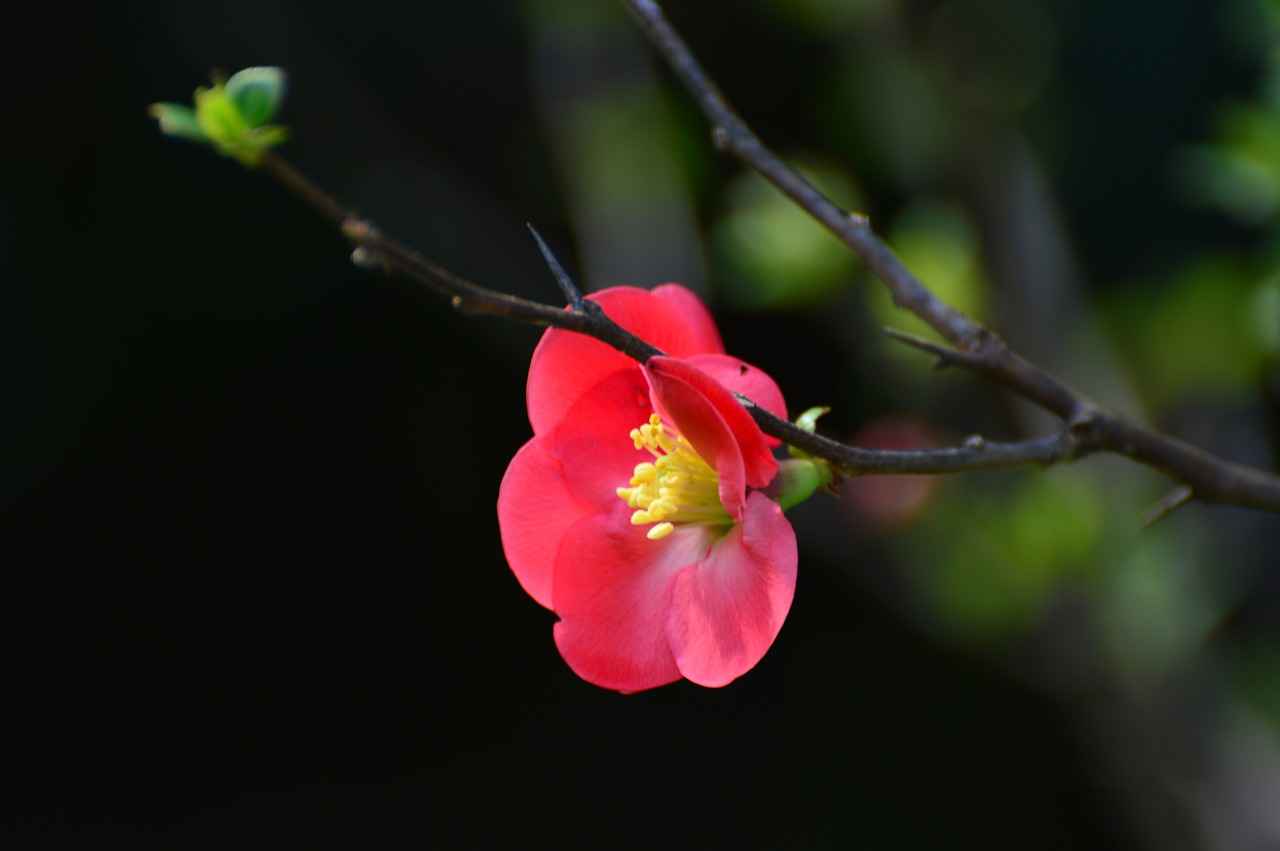
Are Omamori Charms Effective?
When it comes to the question of effectiveness regarding omamori charms, opinions vary widely among individuals. For many, the power of these amulets is deeply intertwined with their personal beliefs and cultural backgrounds. While some may view omamori as simple tokens, others consider them essential components of their spiritual lives, providing a sense of comfort and security.
Omamori, which are traditional Japanese amulets, are often purchased at Shinto shrines and Buddhist temples. They are thought to offer protection and bring good fortune to those who carry them. The subjective nature of their effectiveness suggests that the experience of carrying an omamori can differ significantly from person to person. For instance, individuals who have a strong belief in the spiritual world may find themselves feeling a heightened sense of safety and reassurance when they have an omamori in their possession.
Many people report that the act of carrying an omamori provides them with a psychological boost. This is not merely superstition; psychological studies suggest that belief in a protective symbol can enhance an individual’s sense of well-being and reduce anxiety. The charm serves as a tangible reminder of one’s hopes, dreams, and the protective energies they wish to attract into their lives.
Moreover, the design and craftsmanship of omamori also play a role in their perceived effectiveness. Each charm is crafted with care and intention, often featuring specific colors and patterns that symbolize various blessings, such as health, success, or love. This attention to detail can deepen the emotional connection a person has with their omamori, reinforcing their belief in its power.
- Emotional Impact: Many find that having an omamori helps them navigate difficult situations, providing a sense of calm.
- Spiritual Connection: For some, the charm acts as a link to their cultural heritage and spiritual beliefs.
- Symbol of Hope: Carrying an omamori can inspire positive thinking and motivate individuals to pursue their goals.
It’s also important to note that omamori are often given as gifts, which adds another layer of meaning. When someone presents an omamori to a loved one, it symbolizes a wish for their safety and happiness. This act of giving can amplify the charm’s significance, making it a cherished item that carries emotional weight.
In conclusion, while the effectiveness of omamori charms is undeniably subjective, the shared experiences of many individuals highlight their role as sources of comfort and security. Whether viewed as simple trinkets or profound spiritual tools, omamori continue to hold a special place in the hearts of those who believe in their power.
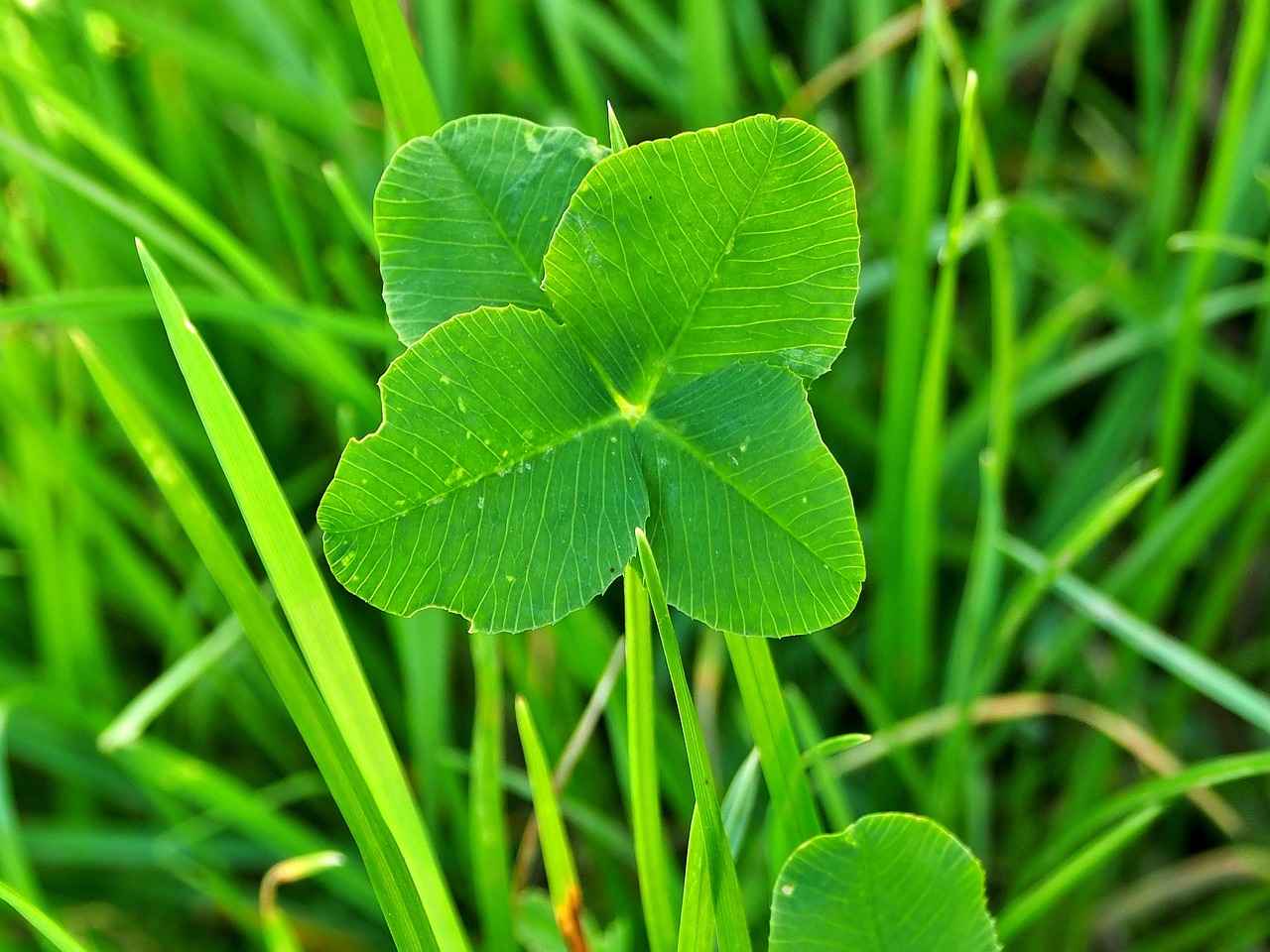
Can You Give Omamori as Gifts?
Omamori, the traditional Japanese amulets, hold a special place in the hearts of many, not just as personal talismans, but also as meaningful gifts. These charms symbolize care, protection, and good fortune, making them particularly significant during important life events and celebrations.
When you give an omamori, you are not just offering a physical object; you are conveying a heartfelt wish for the recipient’s well-being. This act of giving is deeply rooted in Japanese culture, where the charm serves as a token of love and concern. It is a way to express your desire to shield your loved ones from misfortune and provide them with spiritual support.
Omamori are often gifted during significant milestones in life, such as:
- Weddings: Couples often receive omamori as blessings for a harmonious and prosperous marriage.
- Graduations: Students may be gifted omamori to wish them luck in their future endeavors and career paths.
- New Year’s: During this time, it is common to give omamori as a way to welcome good fortune for the upcoming year.
- Birthdays: Friends and family may present omamori to wish the recipient happiness and health.
Each omamori is imbued with specific meanings, often linked to the deity or shrine from which it originates. For example:
- Health: Omamori for health are popular gifts for those recovering from illness or looking to maintain wellness.
- Success in Studies: Students often receive omamori designed to enhance academic performance.
- Safe Travels: These charms are ideal for friends or family embarking on journeys, offering protection on the road.
When giving omamori, the presentation can enhance the gift’s significance. Consider the following tips:
- Accompany with a Note: A handwritten note expressing your wishes can add a personal touch.
- Choose the Right Timing: Present the omamori during a meaningful moment, such as a celebration or a quiet moment of reflection.
- Respect the Charm: Explain the significance of the omamori to the recipient, ensuring they understand its protective qualities.
While omamori are often given as gifts, many individuals choose to purchase them for themselves. This practice is seen as a way to seek personal protection and guidance. Whether you are facing a new challenge or simply wish to enhance your daily life, carrying an omamori can serve as a source of strength and reassurance.
If you wish to give an omamori as a gift, it’s essential to ensure its authenticity. These charms can typically be found at Shinto shrines and Buddhist temples throughout Japan. Purchasing directly from these sacred sites guarantees that the omamori is imbued with the intended spiritual significance and blessings.
In summary, gifting omamori is a beautiful tradition that symbolizes love, care, and protection. Whether for a special occasion or as a gesture of goodwill, these charms carry profound meaning, making them cherished tokens that connect us with our loved ones and our cultural heritage.

Where to Buy Authentic Omamori?
When it comes to acquiring authentic omamori, the journey often begins at the sacred sites of Japan, where these traditional charms are deeply rooted in cultural practices. Omamori are not merely trinkets; they are imbued with spiritual significance and blessings, making their purchase a meaningful experience.
Authentic omamori can be purchased at Shinto shrines and Buddhist temples throughout Japan. Each location offers unique charms that are believed to carry specific blessings. Here are some notable places to consider:
- Kanda Myojin Shrine – Located in Tokyo, this shrine is famous for omamori that promote business success and prosperity.
- Meiji Jingu Shrine – Known for its beautiful surroundings, this shrine offers omamori for health and happiness.
- Fushimi Inari Taisha – Famous for its thousands of vermilion torii gates, this shrine provides omamori for safe travels and protection.
- Hase-dera Temple – Located in Kamakura, this temple is known for its omamori related to fertility and child-rearing.
Purchasing omamori directly from these spiritual sites ensures that they are authentic and carry the blessings of the respective deities. The process of buying an omamori often includes a ritual or prayer, which enhances its spiritual value. This connection to the divine is a crucial aspect of the charm’s effectiveness.
When selecting an omamori, consider the following:
- Purpose – Different omamori serve various functions, such as protection, love, or success. Choose one that resonates with your personal needs.
- Design – The colors and patterns of omamori are not just for aesthetics; they also symbolize different blessings and energies.
- Location – Each shrine or temple has its unique offerings, so visiting multiple sites can provide a broader selection of omamori.
Once you have obtained your omamori, it is essential to treat it with respect:
- Placement – Omamori are typically kept in bags, cars, or homes. They should be stored in a clean and safe place.
- Duration – It is customary to replace omamori annually, as they can lose their potency over time.
- Disposal – When it is time to part with an omamori, it should be returned to the shrine or temple for proper disposal.
While authentic omamori are best purchased directly from shrines and temples, there are some online retailers that offer them. However, caution is advised as the spiritual significance may be diminished if not acquired through the proper channels. Always verify the authenticity of the seller to ensure you receive a genuine charm.
In summary, purchasing authentic omamori at Shinto shrines and Buddhist temples is an enriching experience that connects you to Japan’s spiritual heritage. Whether for personal use or as a thoughtful gift, these charms serve as powerful symbols of protection and good fortune.
Frequently Asked Questions
- What is the purpose of omamori charms?
Omamori charms serve as protective amulets, believed to bring good fortune and safeguard individuals from harm. They are imbued with spiritual significance, making them a cherished part of Japanese culture.
- Can anyone use omamori, or are they specific to certain individuals?
Anyone can use omamori charms! They are designed for anyone seeking protection or blessings, regardless of their background. It’s all about personal belief and connection to the charm.
- How should I take care of my omamori?
To maintain the sacred energy of your omamori, keep it in a clean and respectful place. Avoid exposing it to negative environments, and remember, it’s best not to open the charm’s pouch!
- Is it necessary to return omamori after use?
Yes, returning your omamori to the shrine where you got it is a common practice. This shows gratitude and respect for the blessings you received during its use.
- Are there omamori charms for specific needs?
Absolutely! There are various types of omamori tailored for specific needs like health, love, and success, allowing you to choose one that resonates with your personal aspirations.
